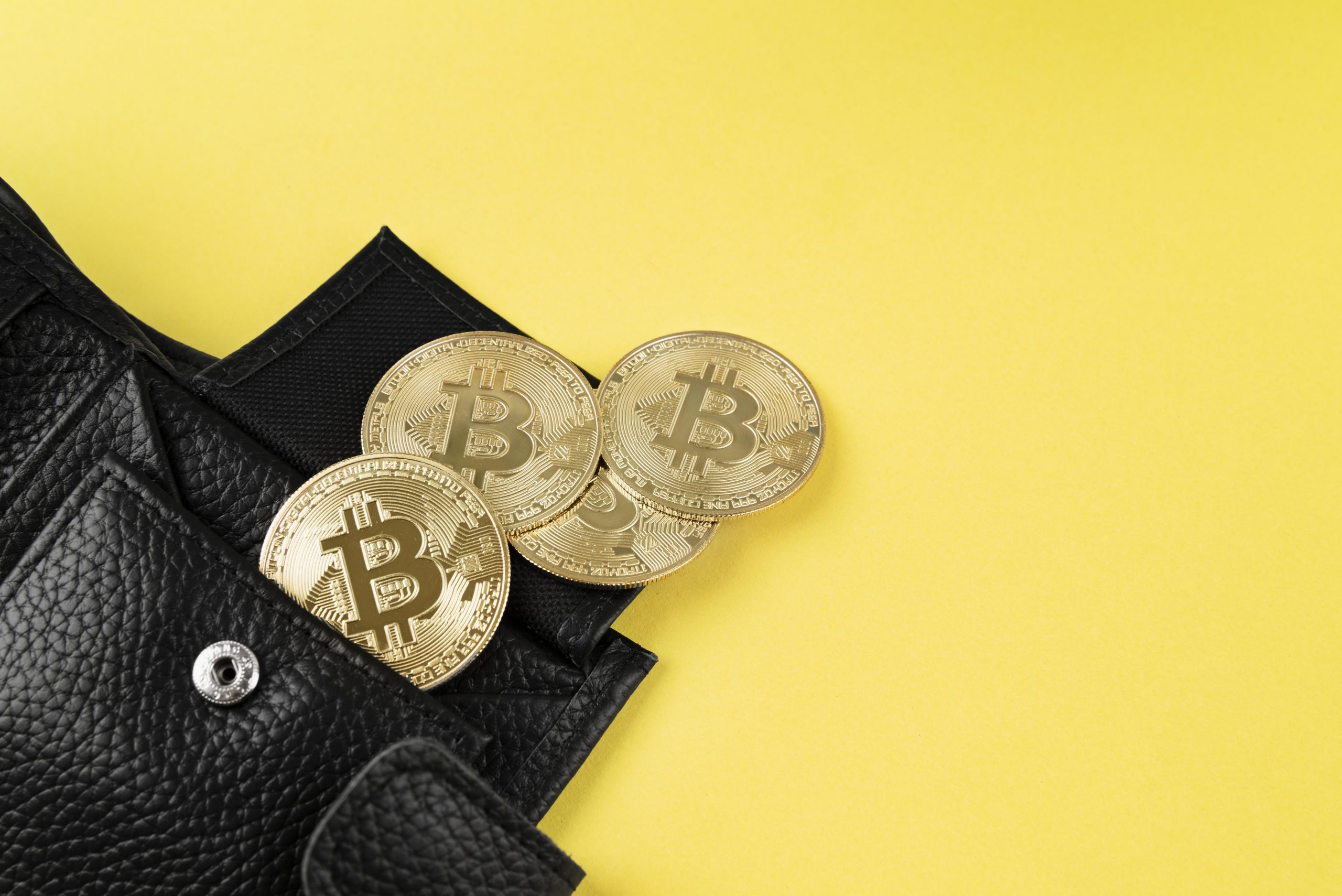In the fast-paced world of cryptocurrency, security is everything. Whether you’re holding Bitcoin, Ethereum, or a mix of altcoins, the safety of your assets depends largely on where and how you store them. That’s where a crypto cold wallet comes in — a storage solution designed to keep your digital assets safe from hackers, malware, and online threats.
While hot wallets connected to the internet offer convenience, they also carry higher risks. A crypto cold wallet, on the other hand, stores your funds offline, creating a secure barrier that’s almost impossible for cybercriminals to breach remotely.
Why a Crypto Cold Wallet Matters
Cryptocurrency ownership comes with full responsibility. Once your assets are stolen or lost, there’s no central authority to reverse the transaction. This reality makes secure storage solutions like a crypto cold wallet essential for anyone serious about protecting their investments.
Unlike hot wallets, which are always online and vulnerable to phishing attacks, a cold wallet is disconnected from the internet when not in use. This simple difference dramatically reduces the risk of unauthorized access.
How a Crypto Cold Wallet Works
A crypto cold wallet works by storing your private keys — the codes required to access and move your funds — completely offline. Without internet connectivity, hackers can’t remotely steal your keys.
Here’s a simple breakdown:
- Offline Storage: Your keys are generated and kept in a secure hardware device, paper document, or other offline medium.
- Transaction Process: When you want to send crypto, you connect the device or manually sign a transaction offline, then broadcast it online without exposing your private key.
- Layered Security: Many cold wallets require a PIN code or passphrase to access, adding an extra layer of protection.
This process ensures that your assets remain safe, even if your computer is compromised.
Types of Crypto Cold Wallets
When you hear the term crypto cold wallet, it can refer to several types of storage solutions:
- Hardware Wallets: Physical devices designed specifically for storing crypto securely offline. Brands like Ledger and Trezor are popular examples.
- Paper Wallets: A printed or handwritten record of your private and public keys, stored securely in a physical location.
- Air-Gapped Devices: Computers or smartphones kept permanently offline and used solely for managing crypto.
Each type has its own pros and cons, but they all share the key advantage of keeping your private keys away from online threats.
Benefits of Using a Crypto Cold Wallet
Choosing a crypto cold wallet over other storage methods comes with several advantages:
- Maximum Security: By operating offline, cold wallets are immune to most types of hacking attempts.
- Control of Funds: You maintain full control over your assets without relying on third-party custodians.
- Long-Term Storage: Ideal for holding crypto you don’t need to access frequently.
- Peace of Mind: Knowing your assets are safe from online threats allows you to focus on your investment strategy.
Risks and Limitations
While a crypto cold wallet offers exceptional security, it’s not without drawbacks:
- Loss or Damage: If you lose the device, paper, or backup without a recovery phrase, your crypto is gone.
- Less Convenient: Accessing funds requires more steps compared to hot wallets.
- Upfront Cost: Hardware wallets can cost anywhere from $50 to $200 or more.
These risks can be mitigated with proper planning, such as keeping multiple backups in secure locations.
Best Practices for Using a Crypto Cold Wallet
To get the most out of your crypto cold wallet, follow these safety tips:
- Buy from Official Sources: Always purchase directly from the manufacturer or authorized resellers.
- Set a Strong PIN/Passphrase: This prevents unauthorized physical access.
- Keep Multiple Backups: Store recovery phrases in secure, separate locations.
- Test Recovery Process: Ensure you can restore your wallet before storing large amounts.
- Stay Updated: Occasionally connect to update firmware, but only via trusted devices.
Who Should Use a Crypto Cold Wallet?
A crypto cold wallet is ideal for:
- Long-Term Investors: Those who plan to hold assets for months or years without frequent transactions.
- High-Net-Worth Holders: Investors with significant amounts of crypto to protect.
- Security-Conscious Users: Anyone prioritizing safety over convenience.
If you fit any of these categories, cold storage should be a key part of your security strategy.
Real-World Example of Cold Wallet Security
In 2020, a major exchange suffered a large-scale hack, resulting in millions of dollars in stolen funds. However, the majority of customer assets were safe because they were stored in a crypto cold wallet. This incident highlighted the importance of offline storage as a standard industry practice for asset protection.
The Future of Crypto Cold Wallets
As cryptocurrency adoption grows, the crypto cold wallet market is evolving. New models now feature Bluetooth connectivity for secure mobile use, biometric authentication, and user-friendly interfaces for beginners. Despite these innovations, the core principle remains the same: keep your private keys offline and safe.
With increasing regulatory attention and technological advancements, cold wallets are expected to remain the gold standard for crypto storage in the years ahead.
Conclusion
A crypto cold wallet is one of the most effective tools for safeguarding your cryptocurrency. By storing your private keys offline, you significantly reduce the risk of theft, fraud, and hacking.
While it may require an upfront investment and a bit of extra effort to use, the peace of mind and protection it offers make it worth considering for any serious crypto investor. In the world of digital assets, security isn’t just an option — it’s a necessity.


